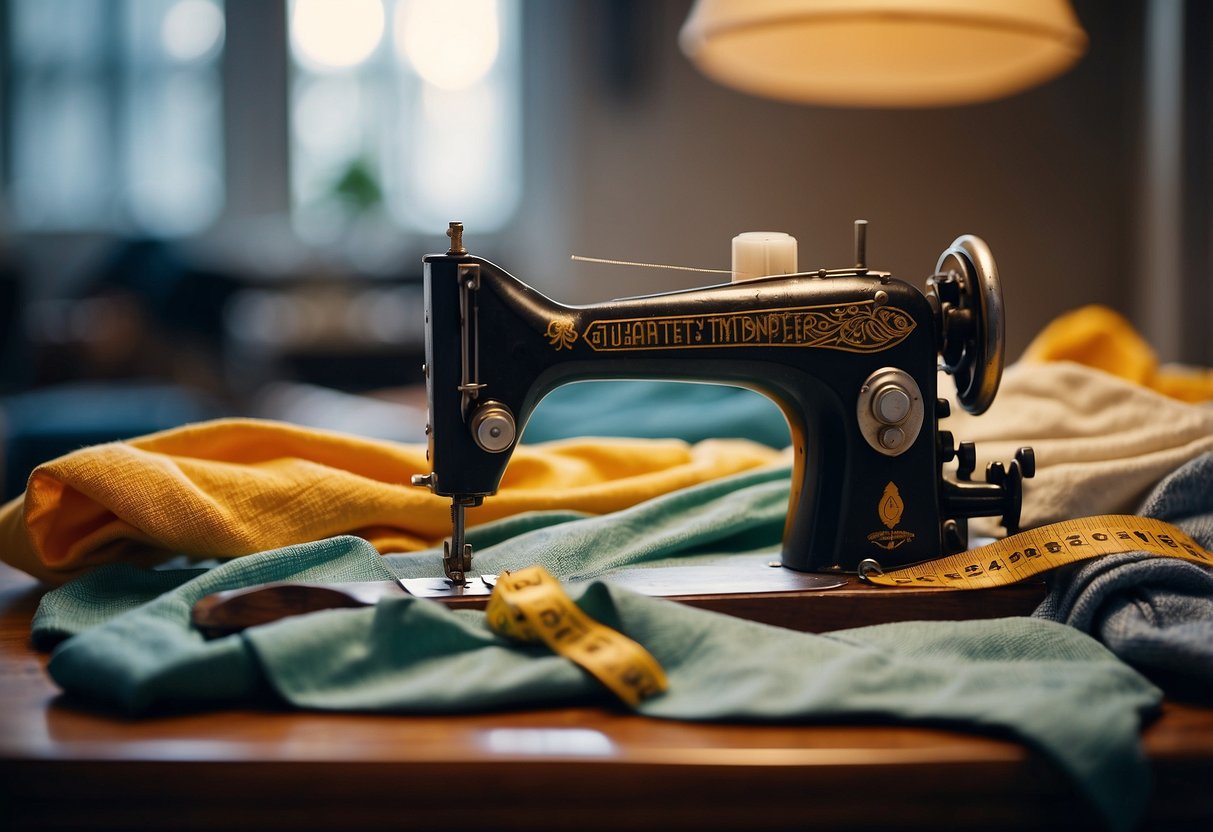DIY Clothing Alterations: Save Money by Fixing and Upcycling Your Wardrobe
Getting Started with Upcycling
Beginning with upcycling can transform an old wardrobe into something new and stylish. It offers a path towards sustainable fashion and reduces the need to buy new clothes, which can be both cost-effective and environmentally friendly.
The Upcycle Mindset
Embracing the upcycle mindset starts with viewing clothing as an opportunity rather than disposable items. It’s about repurposing old garments into new trends instead of contributing to fast fashion waste.
This mindset requires creativity and a willingness to experiment. Many find joy in transforming old shirts into unique bags or turning outdated jeans into trendy shorts. It’s not just about sewing; it’s about reinventing pieces that might otherwise go unused.
The key is to look at garments differently, spotting potential in forgotten items. Coloring, cutting, and combining materials opens up numerous possibilities for individuality and personal style.
Finding Inspiration for Upcycling
Inspiration can come from various sources. Social media platforms offer countless examples of upcycled clothing, showcasing innovative ideas and trends. Following hashtags related to sustainable fashion and upcycling can reveal endless creativity and provide guidance for starters.
Fashion blogs and DIY websites often feature tutorials and step-by-step guides. These can inspire and teach different techniques, from simple alterations to complex transformations. Vintage shops and thrift stores present another source of inspiration. Often, they house unique items that spark new ideas.
Finally, looking at one’s current wardrobe with a fresh perspective can lead to inspiration. Mixing different pieces and imagining new uses for them can uncover unexpected opportunities for upcycling.
Tailoring Techniques to Perfect Fit

Achieving the perfect fit in clothing involves precise tailoring techniques. Key areas include hemming for the right length and adjusting the waist and sleeves for an ideal alignment with your body’s silhouette.
Hemming Strategies
Hemming is essential to ensure garments have the right length. The most common methods include single-fold and double-fold hems. Single-fold hems are good for lightweight fabrics such as silk or cotton. Double-fold hems, preferred for heavier materials, prevent fraying.
When hemming pants, it’s important to measure the inseam accurately. Pinning the hem before sewing gives a clear guide and helps avoid mistakes. For dresses or skirts, a blind hem stitch can create a nearly invisible finish, making it look professionally done.
Adjusting the Waist and Sleeves
To alter the waist, you can either take in or let out seams. Taking in requires removing excess fabric from side seams or darts. Letting out involves using the fabric allowance inside the seams, ideal if the garment feels tight. Properly marking where adjustments are needed ensures accuracy.
Adjusting sleeves might involve shortening, lengthening, or tapering them. For shortening, fold the cuff and sew, while lengthening can be done by adding a fabric cuff. Tapering sleeves to match your arm’s contour enhances the fit. Using a seam ripper to open seams before adjustment and then resewing will achieve a seamless look.



